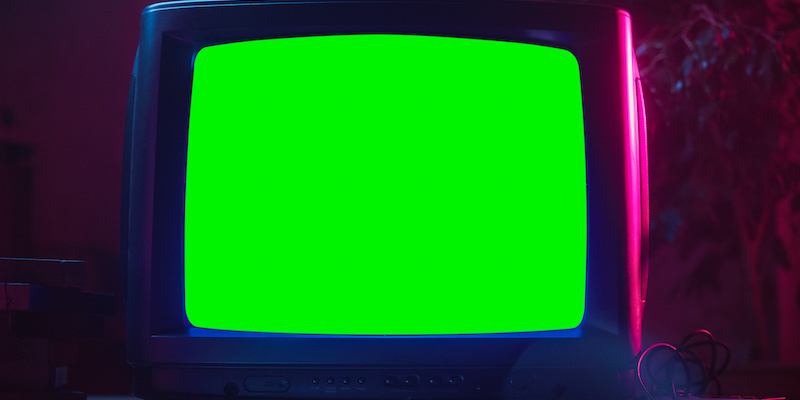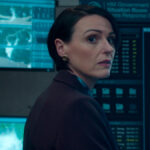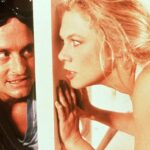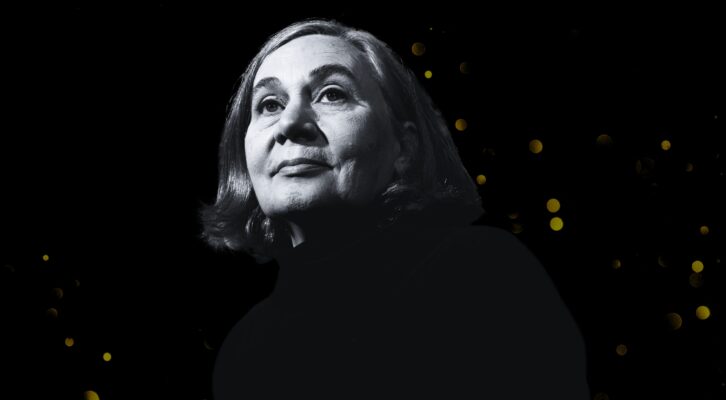I honed my detective skills on the pop culture of the late 70s and early 80s—not that the stuff from that era was stronger or more instructive than the movies and TV and comics that came before or after. The opposite is true—all of my easy entertainment options seemed second-rate, and finding the good stuff required committed effort.
For me, this is a story typical among Gen-Xers. We have fond memories of our era not really because so much fabulous creative works were on offer, but because the time-consuming hunt for good stuff led to so many intriguing and surprising places. Determined to learn more about Nick Carter, or Peter Lorre’s Mister Moto movies, or The Shadow (pulp stories or radio show), or Dick Tracy, we had to do some real searching, combing through flea markets and second-hand stores, taking trips to swap meets and used book stores and maybe returning with nothing—success was never guaranteed. But we were driven by the thrill of the hunt.
That eagerness to chase down the quality stories, and the awareness that it would take some effort, may have started for me at the Vogue Theater in Louisville, a place that showed dozens of films a week from all nations and eras, and where my parents took me to see The Man Who Knew Too Much (the original black and white version), Rebecca, and Margaret Rutherford’s Mrs. Marple movies Murder Ahoy and Murder, She Said. The Vogue issued a monthly calendar printed on a broadsheet for anyone having trouble keeping track of its constantly changing schedule, and they packed descriptions of the movies around the gorgeous timetable. My brother and I read through each calendar with the focus of police detectives, making sure we didn’t miss details such as Yojimbo being the source for A Fist Full of Dollars, or that Dali had designed the dream sequence for Spellbound.
While there were definitely great things that arrived to audiences and readers during my formative years, such as Bladerunner, Gregory McDonald’s Fletch books, Colin Dexter’s Inspector Morse books, and the tail end of The Rockford Files and Radio Mystery Theater, there was also a ton of crap, and I’m suspicious of my peers who venerate films and comics that to me will always seem derivative and disposable. Good Lord, the television detectives I watched; Charlie’s Angels, Matt Houston, B.A.D. Cats, McCain’s Law, Riptide, The Equalizer, Jake and the Fatman, T. J. Hooker, and plenty more, all of the episodes completely forgotten, with (oddly) only Stingray being the sole one that I can recall with some clarity (and I’ve recently rewatched to see if it still holds up—alas, I’m not sure why I was so into this one). The heavily-promoted prime time offerings inevitably paled compared to the syndicated shows like The Untouchables, Wild Wild West, and Peter Gunn, that aired at odd hours, disappearing and reappearing on the tv schedule. It took work and planning to stay on top of it all.
Whereas young me was a pirate digging for buried treasure, today I’m a sultan sitting on pillows and growing impatient with the abundance.Crime films of the era weren’t much more memorable than what was on TV—yes, I’ve said it, but really, what were the great detective movies that came out between 1975 and 1988? The DePalma films really look dated now, and movies like Blood Simple announced that better things were to come. When I think of crime films from my formative years, I come up with Nighthawks, The Osterman Weekend, The First Deadly Sin, Sharkey’s Machine, Mike’s Murder, The Whistle Blower, Sudden Impact, Star Chamber, and others whose stars and unmasked killers could probably be interchanged. For every Taxi Driver, there must have been three dozen Tightropes, Dead Pools, Year of the Dragons, Big Easys, and Jagged Edges. We could pick through these films to say that whatsisname gives a particularly good performance in one, or that another has an especially gritty depiction of Detroit—and believe me I would gladly write a dozen pieces for CrimeReads on this, I’m not down on the idea at all—but how many of these films are really valuable?
Maybe my contempt for all the multiplex mainstays released before I went to college stems from how unavoidable they all were, and how easy they were to see. By the time I was in middle school, VCRs were in every house, and if you missed a flick in the theater you could always get one off a wall full of copies at Blockbuster. Eventually, the rarer stuff started appearing in video stories, but not so much at Blockbuster and never consistently at any of the independent stores. Those big-ticket crime dramas of much of the 80s were practically shoved down our throats, the same as the top 40 pop songs and family sitcoms. But every so often you could catch The Big Heat or M or Bonnie & Clyde on cable and be reminded that the good movies were out there, waiting to be tracked down.
My best friend at the time, as committed to the hunt as I was and who molded many of my criteria for what made a good read or a good viewing, pronounced at a certain point that pulp lit was the best lit, and that American letters had never recovered from the demise of Black Mask and Weird Tales. For him, the Doc Savage novels of Kenneth Robeson were highlights, and he set out to collect every one—not the most challenging of our searches, because many had been recently reprinted, but still, no one place had them all. I started seeking out paperback anthologies of ghost tales, science fiction, and sword & sorcery stories, most of which just reprinted older stuff from the pulp publications of decades before. I still have a paperback copy of The Second Book of Robert E. Howard, compiled and published in 1976, and I’ve long sought the first in the series. I could order it from any number of online vendors of course, but then I would lose my excuse for going around to used bookstores, and besides, having it is only part of my goal; hunting for it is just as much a motive.
All of this sounds like a complaint about entertainment in the present day, but no, I clearly love streaming services and eBay. Thanks to Amazon Prime I’ve seen every episode of every Flash Gordon serial from 1936 to 1940. Earlier this year I decided I would comb through my streaming options to watch as many Myrna Loy & William Powell movies as I could find, and got five films in before I got sidetracked into watching My Man Godfrey and decided to see as many Carole Lombard films as I could find. That led to my own private curated Lubitsch film fest, and so on. I couldn’t imagine enjoying all of this (even The Great Ziegfeld, which had its moments) as recently as ten years ago.
Whereas young me was a pirate digging for buried treasure, today I’m a sultan sitting on pillows and growing impatient with the abundance. Maybe entertainment discoveries mean more when you’re not entirely sure what it is you’ve just found, and now every option on the vast pop culture menu is described in detail. Maybe I put a lot of effort into my past movie and comic and tv experiences, not really knowing how they hit me. Now I put far less effort into experiences that feel preordained. There are a lot of ways to slice this, and not all of them are disappointing, much less tragic. I went back to Louisville, once home of the Vogue theater, this summer, and hit several stores where I first dug up some book and comic goodies. The hunt continues.















